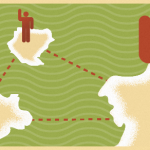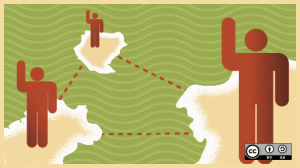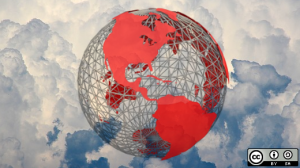
You may have noticed that it’s been quiet here on Opensource.com lately. That’s because there’s a new project in the works, and while there aren’t many specific details to announce yet, there’s plenty to talk about. What better way to start than with the entire internet?
The internet, and top-level domains
You may know that the internet is a network. A network, by definition, is a group of connections. The term “internet” is in fact a portmanteau of “interconnected” and “network”. The internet is a network of interconnected networks, and originally it consisted of two: The military network and the academic network. Once the internet got popular outside those two groups, it became apparent that different designations were needed to differentiate, say, a commercial entity from a charitable organization from a university or a governmental department.
These designations are called top-level domains (TLD). There are many available today, but for a long time there were only a handful. The original TLDs remain popular, and you probably know that when you go to, for instance, a .com address, you’re visiting a commercial site, but when you visit a .org address you’re going to a non-profit website.
Open source is a network
Open source can be many things. It can be commercial, it can be non-profit, it can be academic, it can be cultural. No matter what form it takes, though, it’s always a network. Sometimes (but not always) it’s a network of computers, but most importantly it’s a network of people. Whether people are gathering at a conference or a pub or in an online chat room, open source is a community of people.
The website Opensource.com has been supported by a commercial entity for 12 years. But the people (that’s you and me) that make up the Opensource.com community aren’t commercial entities, we’re people.
In one month, Opensource.com is going to resolve that bug. Stay tuned!














